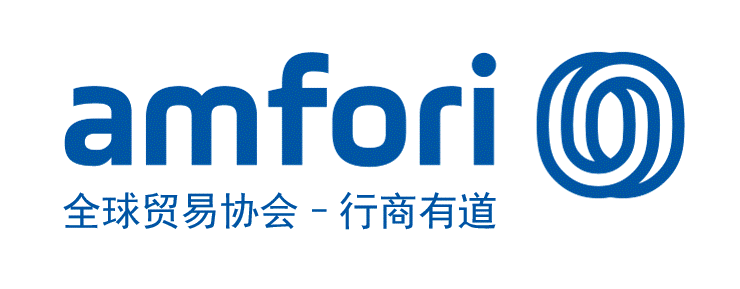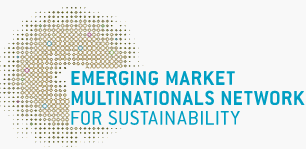Circular economy -- basic way to realize sustainable development
2019-09-30GoldenBeeYang Chunping0
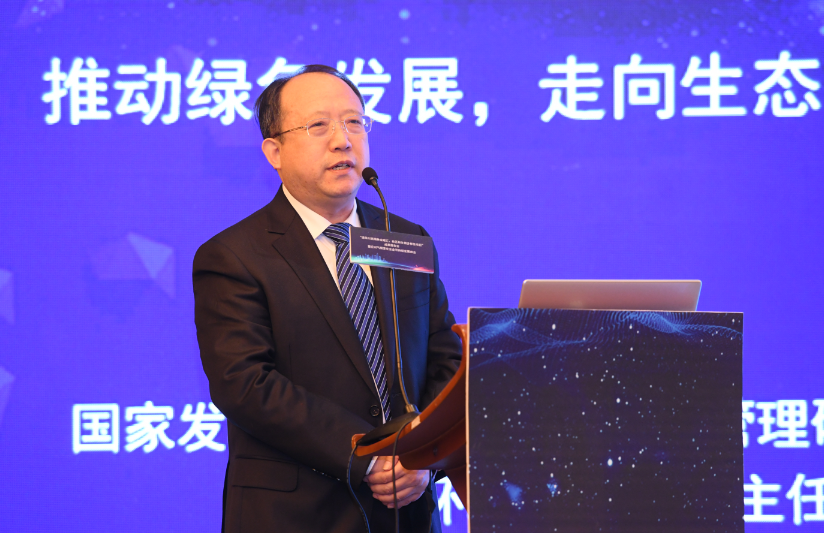
Yang Chunping, Director, Circular Economy Research Center, Institute of Economic System and Management, National Development and Reform Commission
Sustainable development is the development concept and goal formed by the international community at the end of the 20th century after half a century of reflection and exploration on the development of western traditional industrialization. The core of sustainable development is to abandon the unsustainable development path featuring "pollution first, treatment later", high consumption, high emission and non-recycling. It pursues a way to coordinate economic growth with population, resources and environment so as to meet the development needs of contemporary people as well as those of future generations. In exploring the path of sustainable development, the international community has put forward the specific economic development model, circular economy, which provides support for the realization of sustainable development goals. Since the beginning of the 21st century, the concept of sustainable development has gradually become a global consensus. Its realization path is further enriched and deepened, and low-carbon economy, green economy and other economic development models continue to emerge.
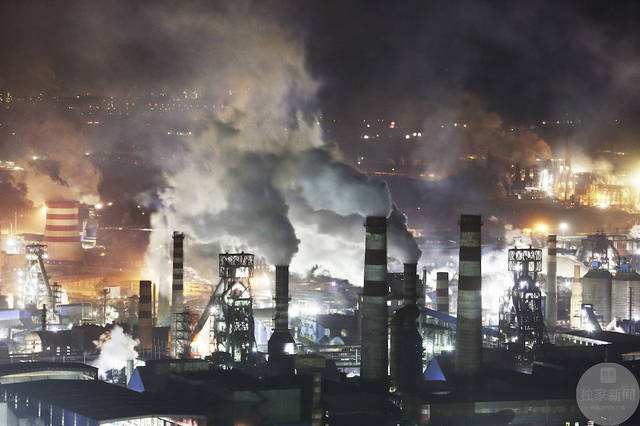
China is a country with a relatively late start in industrialization. In the past 70 years since the founding of the People's Republic of China, especially in the past 40 years of reform and opening up, China has paid arduous efforts and costs on the road of industrialization, urbanization and other modernization and achieved remarkable results. China has completed the industrialization journey in decades, which spent the western countries two or three hundred years. But China’s development is obviously different. The problems of resources and environment emerged in stages in developed countries in the past two hundred years, are concentrated in one stage in China. It features compression, compositionality and urgency. Therefore, it is particularly important and urgent to explore the development path that coordinates economic growth with resource conservation and environmental protection in China.
From the Founding of the People's Republic of China to the first 30 years of China’s reform and opening-up, Chinese industrialization is at the initial stage for laying a foundation and building a framework, and the environmental pollution problem is not serious. Until August 1973, the State Council convened the first National Environmental Protection Conference and started environmental protection work. After the reform and opening up, industrialization has entered the fast lane, and the concepts and experiences of sustainable development abroad have gradually been absorbed and used for reference. In 1983, China declared that environmental protection should be elevated to a basic national policy. Since the 1990s, China has realized that the extensive growth mode has resulted in the high cost of resources and environment for economic development. At the Third Plenary Session of the 14th CPC Central Committee in 1994, it was proposed that the growth model should be transformed from extensive to intensive. China has begun to promote energy conservation and comprehensive utilization of resources among enterprises.
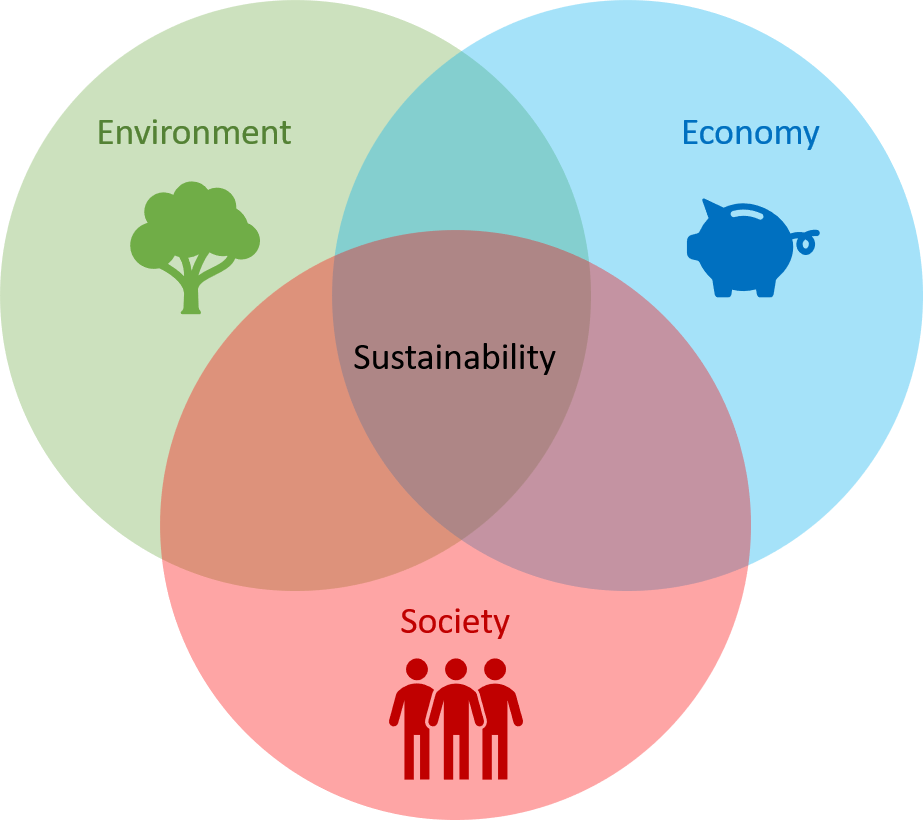
At the beginning of the 21st century, China's economic development accelerated further, and the contradiction between economic development and constraints of resource and environment intensified. Changing the mode of economic development has become an urgent requirement for the development of the times. Circular economy is focused on the efficient and recycling use of resources, and based on the principles of Reduce, Reuse, Recycle. It is characterized by low consumption, low emission and high efficiency, and conforms to the economic development model of sustainable development. The CPC Central Committee and the State Council regard the development of circular economy as an important measure to explore the coordinated development of economic growth, resources and environment. In 2005, the State Council promulgated Opinions on Accelerating the Development of Circular Economy, and proposed that we should vigorously develop circular economy, realize the unity of economic, environmental and social benefits, and build a resource-saving and environment-friendly society. It calls for pilot and demonstration projects of circular economy in key industries such as coal, electricity, steel, non-ferrous metals, chemical industry, building materials and recycling of renewable resources from three levels: enterprises, industrial parks and regions.
In 2008, China promulgated the third national law on circular economy in the world, the Circular Economy Promotion Law, to legalize the development of circular economy. From the 11th Five-Year Plan to the 13th Five-Year Plan, the outline of the national economic and social development plan has always included special chapters or sections to plan and deploy the development of circular economy as a strategic task. During the 12th Five-Year Plan period, the State Council promulgated the Circular Economy Development Strategy and Recent Action Plan, which is also the first national special plan on circular economy in the world.

With the rich practice of circular economy, the CPC Central Committee and the State Council have deepened their understanding of the circular economy and continuously improved their strategic positioning. The report of the 17th CPC National Congress put forward that "circular economy should be formed on a larger scale", and the report of the 18th CPC National Congress regarded “more reliance on resource conservation and circular economy” as one of the “five reliances” to speed up the transformation of the economic development mode. It calls for "efforts to promote green development, cyclic development and low-carbon development, and to form a spatial pattern, industrial structure, mode of production and way of life for saving resources and protecting the environment". The report of the 19th CPC National Congress further put forward the goal of "promoting a sound economic structure that facilitates green, low-carbon, and circular development", to boost Chinese economy to develop in a green and high-quality way and build an ecological civilization.
After more than ten years of promotion and development, Chinese circular economy has achieved remarkable results, and its international influence has been expanding. The concept of green, circular and low-carbon development has been gradually established, and the regulatory and policy system for promoting the circular economy has been constantly improved. The circular economy development model in important industries and fields has basically been formed, and the circular production mode has been implemented. The recycling industry system and the recycling system of renewable resources have gradually formed, the recycling industry of resources has been growing, and the green consumption mode has gradually formed. It should be pointed out in particular that the circular economy model with Chinese characteristics, which China has explored in key industries, and the practice of formulating national plans to promote the circular economy have produced a good reputation and influence in the international arena. The EU drew lessons from Chinese experience and practices and formulated the Circular Economy Package for 2030.
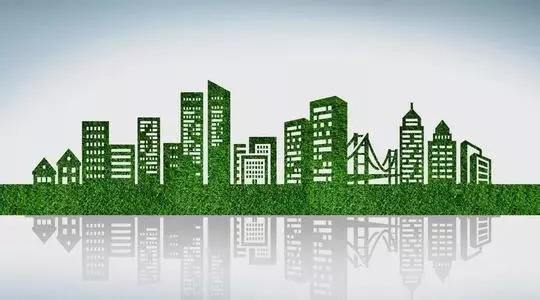
After more than ten years of practice, the role of circular economy in promoting the transformation of economic development mode, improving the efficiency of resource utilization, building strategic guarantee system of resources and reducing pollution emissions from sources is becoming more and more obvious. Taking the recovery and utilization of renewable resources as an example, in 2017, the recycling total amount of ten categories of renewable resources in China reached 282 million tons, equivalent to saving 1.16 billion tons of primary resources. Meanwhile, 240 million tons of standard coal were saved, equivalent to reducing 590 million tons of carbon dioxide emissions, 10.16 billion tons of wastewater, and 6.68 million tons of sulfur dioxide. It can be seen that recycling of renewable resources produces obvious resource and environmental benefits. If combined with the comprehensive utilization of tailings, associated minerals, industrial solid waste, residual heat pressure, agricultural and forestry waste, construction waste, kitchen waste, waste textiles and other wastes in various industries in the production field, the resource and environmental benefits are more obvious.
The 19th CPC National Congress has embarked a journey to fully build a modern socialist China. Green and high-quality development will become the main theme of economic development in the new era. Developing circular economy is the inevitable choice to promote the green and high-quality development of economy, and the basic way to promote the ecological progress, thus having great potential in the future economic and social development.
(Translated by GoldenBee, the Chinese version of this article is issued on China Sustainability Tribune wechat account)
(Images in this article are from the Internet)
Best Practices
- The 100-year brand — Air Liquide also has a sense of juvenile
- Beijing Public Transportation Corporation: Developing green transportation to build a harmonious and livable capital
- CGN: Building a modern factory in barren deserts and developing a new win-win cooperation model along “Belt and Road”
Upcoming Event

All the materials on the site “Source: XXX (not from this site)” have been reprinted from other media. They do not imply the agreement by the site.
All the materials with “Source: CSR-China Website” are the copyright of CSR-China Website. None of them may be used in any form or by any means without permission from CSR-China Website.
GoldenBee Official WeChat
Copyright © Csr-china.net All Right Reserved.
京ICP备19010813号


